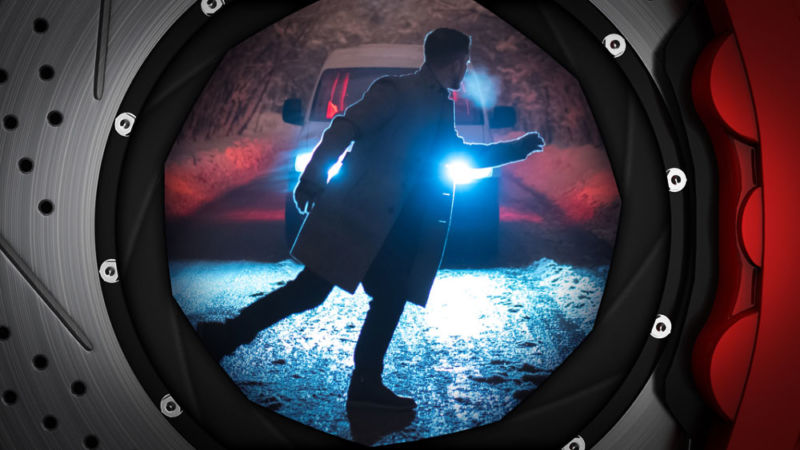Pedestrian detection systems don’t work very well, AAA finds

Enlarge (credit: Aurich Lawson / Getty Images)
Not only is the problem of cars killing pedestrians not going away, but the annual death toll over the last decade has actually increased by 35%. The proliferation of cars with automatic emergency braking (AEB) systems that detect pedestrians is therefore a good thing, right?
According to a study by the American Automobile Association, maybe we shouldn't count on AEB. The association has just tested the pedestrian-detection behavior of four popular mid-sized model-year 2019 sedans-a Chevrolet Malibu, Honda Accord, Tesla Model 3, and Toyota Camry-in a variety of different scenarios. Unfortunately, the results are not promising, particularly when it comes to anything but the least challenging scenarios.
AEB and pedestrian detection are two features that fall under the growing category of stuff we call "ADAS"-advanced driver-assistance systems. ADAS is part of the same technological acceleration that's driving autonomous vehicle development, but here the goal is to work with a human driver to make them safer. Cameras, automotive radar, ultrasonic sensors, and even lidar inputs are used, on their own or together, so that a car can perceive the world around it and warn its human operator if various safety thresholds are crossed.
Read 15 remaining paragraphs | Comments